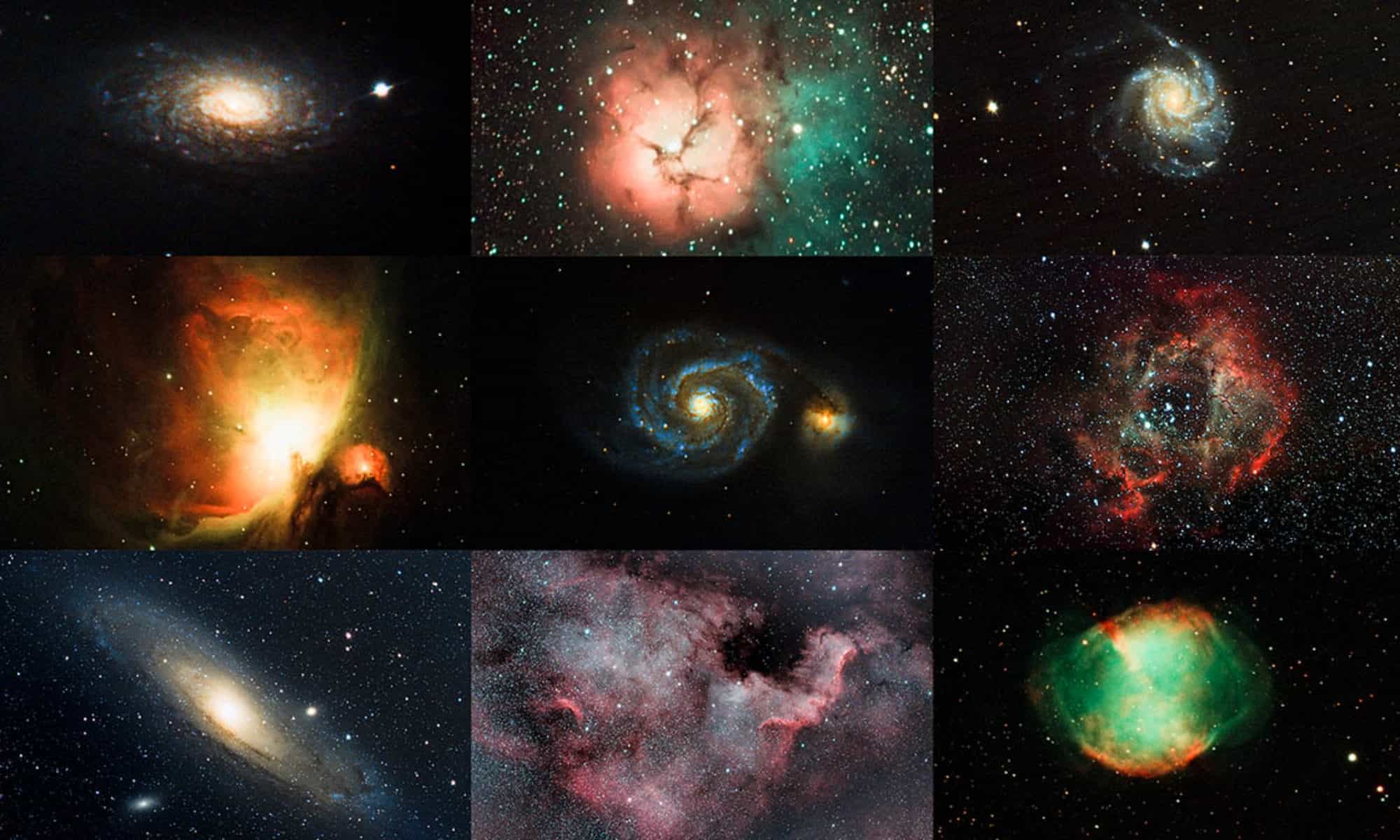The Whirlpool Galaxy is named for its sweeping spiral arms. In 1773, Charles Messier observed the galaxy and added it to his catalog of deep-sky objects as M 51. Located in the constellation Canes Venatici, it is 23 million light years from Earth. The Whirlpool Galaxy is 100 billion stars all rotating together. It’s a spiral galaxy with a central bulge of stars and arms of stars, dust and gases. The smaller galaxy to the right of the Whirlpool Galaxy is NGC 5194. It is sliding past the Whirlpool Galaxy and interacting with its spiral arms. Within those arms, new stars are constantly being formed. Those new stars give the Whirlpool Galaxy its striking blue color.

